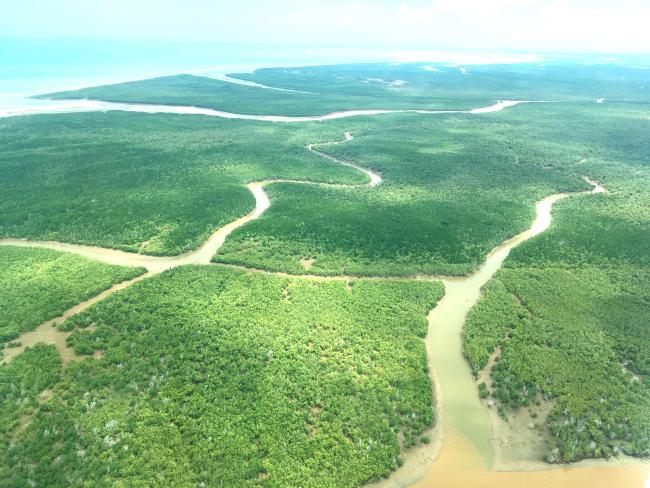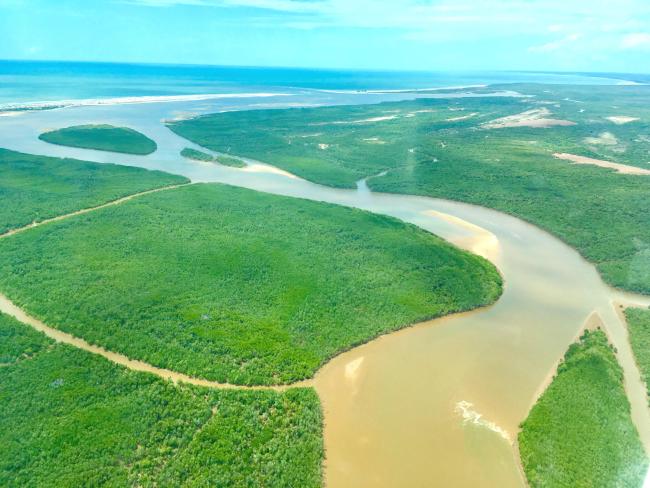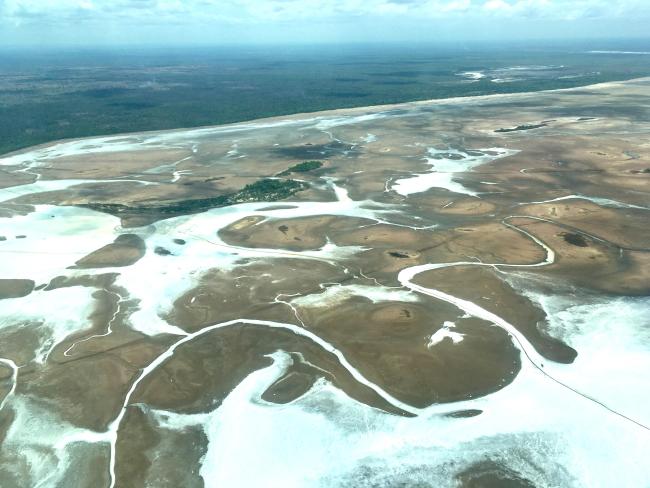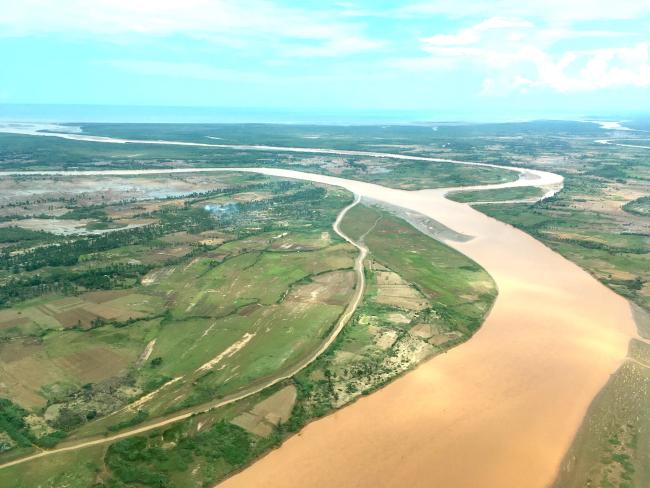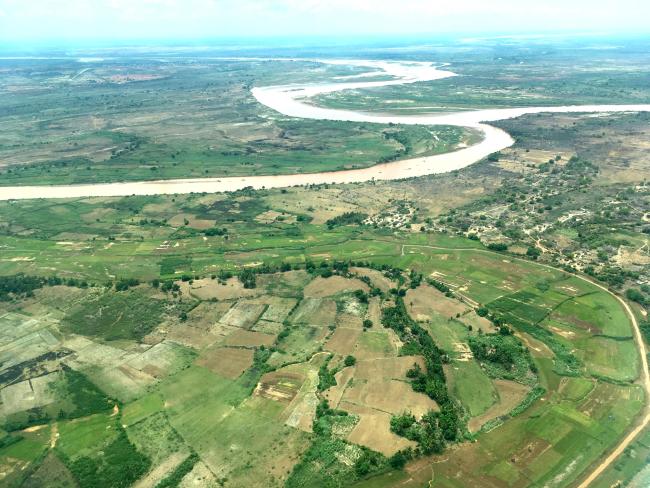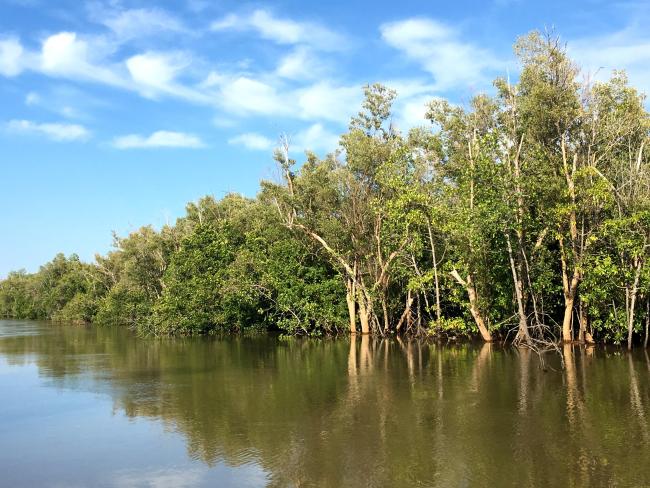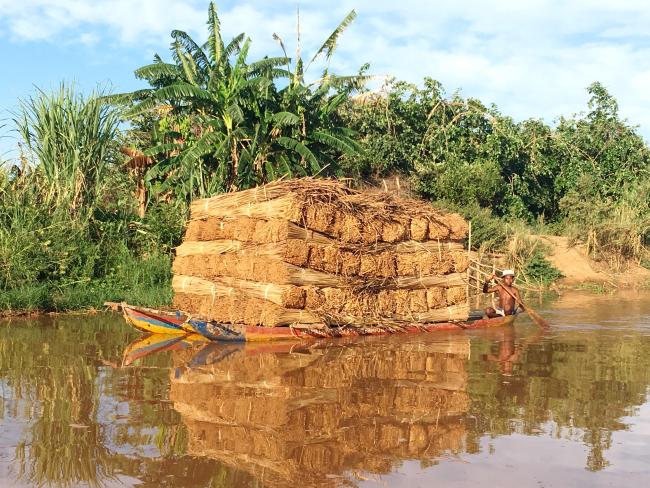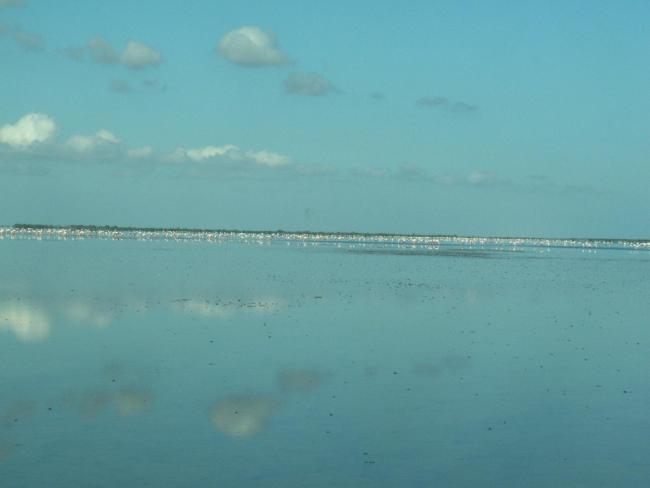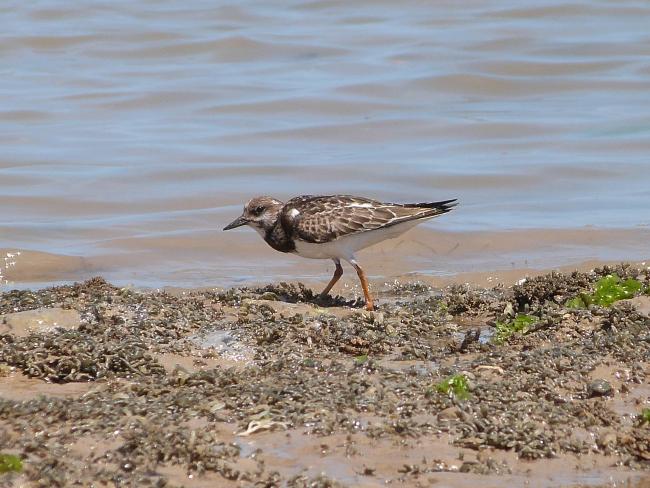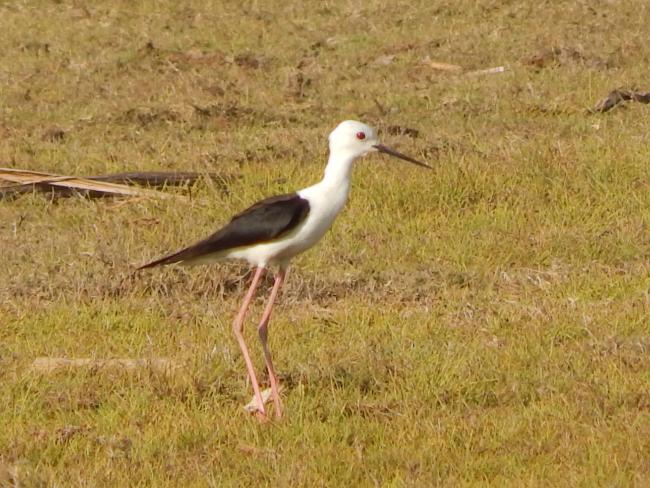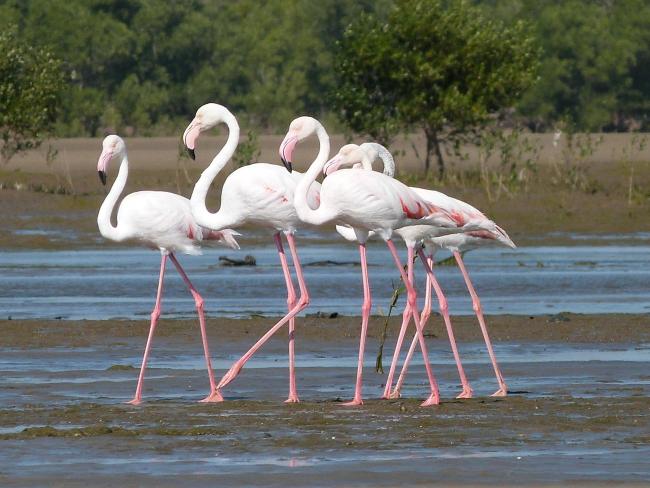Mangroves de Tsiribihina
Mangroves de Tsiribihina
- Country:
- Madagascar
- Site number:
- 2302
- Area:
- 47,218.0 ha
- Designation date:
- 22-05-2017
- Coordinates:
- 19°44'23"S 44°27'32"E
Carousel
CarouselMaterials presented on this website, particularly maps and territorial information, are as-is and as-available based on available data and do not imply the expression of any opinion whatsoever on the part of the Secretariat of the Ramsar Convention concerning the legal status of any country, territory, city or area, or of its authorities, or concerning the delimitation of its frontiers or boundaries.
The Site is located in the Menabe Region, along the coast on both sides of the mouth of the Tsiribihina River. It includes lagoons, sandbanks, salt and mud flats, marshes and dry land, and about 20,000 hectares of mangrove forest (8.5% of the mangrove area of Madagascar). The Site is home to several species of rare and threatened fauna. The 44 listed waterbird species make up over 40,000 individuals. Several species live in large groups in mangroves, including Sterna bengalensis (9,505 individuals), Phoeniconaias minor (7,768 individuals), Phoenicopterus roseus (5,080 individuals), Dromas ardeola (2,560 individuals), Calidris ferruginea (4,500 individuals) and Calidris alba (1,985 individuals). The six species of threatened birds including the critically endangered Haliaeetus vociferoides, the endangered Anas bernieri, Threskiornis bernieri and Ardea humbloti, and the vulnerable Charadrius thoracicus and Glareola ocularis. The Site is also home to the lemur Propithecus verreauxi and the flying fox Pteropus rufus, as well as the critically endangered hawksbill turtle Eretmochelys imbricata. Upstream deforestation, combined with significant landslides of alluvial land threaten to cause siltation of the estuaries and out to the coral reefs. The Site is managed by WWF Madagascar, which provides development support to local communities to ensure the sustainable management of resources.
Administrative region:
District de Belo sur Tsiribihina, Région de Menabe
National legal designation:
- Aire Protégée - Menabe
Last publication date:
29-05-2017
Ramsar Information Sheet (RIS)
- MG2302RIS_1705_fr.pdf
- MG2302_map170509.pdf
- MG2302_taxo170302.xlsx
- MG2302_mgt170114.pdf
Site map
Additional reports and documents
Taxonomic lists of plant and animal species occurring in the site
Site management plan
Other published literature
